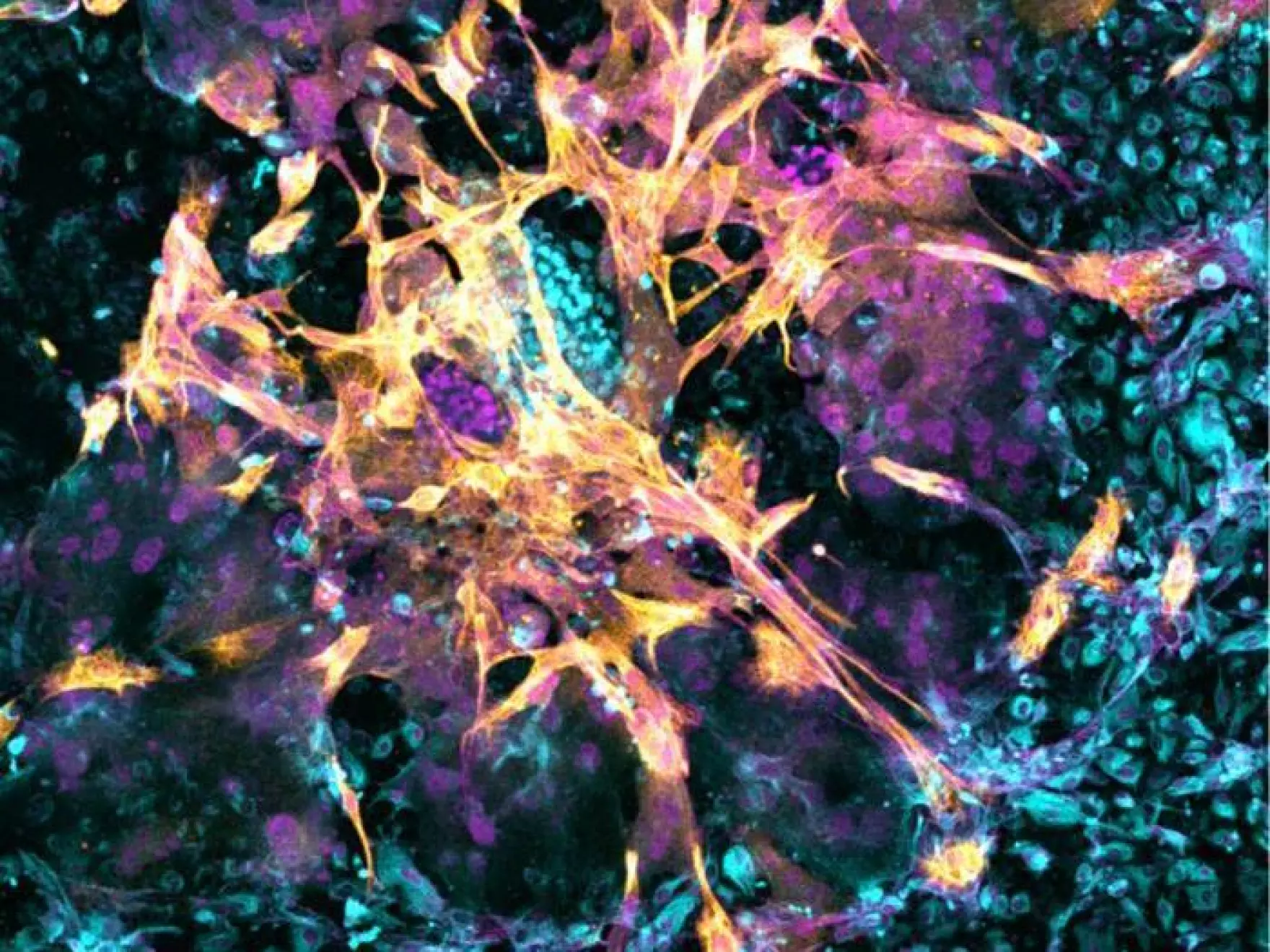Strep throat is one of the most common childhood infections, often treated with antibiotics and forgotten within days. Yet, in rare cases, this seemingly harmless illness can set off a chain reaction in a child’s immune system, leading to profound changes in the brain. The condition, known as Paediatric Autoimmune Neuropsychiatric Disorders Associated with Streptococcal Infections (Pandas), can transform a child’s behavior overnight, leaving families desperate for answers.
The Hidden Link Between Strep and the Brain
Strep throat, caused by group A Streptococcus bacteria, affects millions of children each year. While most recover quickly, some children experience an abnormal immune response. Instead of targeting only the bacteria, their immune system mistakenly attacks healthy brain tissue, particularly the basal ganglia, an area responsible for movement, emotions, and decision-making.
This misdirected attack can lead to sudden obsessive-compulsive behaviors, motor tics, extreme anxiety, or even hallucinations. Parents often describe it as if their child has become a completely different person overnight. Researchers are now investigating genetic predispositions, as some children appear more vulnerable than others to this autoimmune response.
For a deeper look at how infections can influence brain health, visit National Institute of Mental Health.
Pandas and Its Life-Changing Symptoms
Children affected by Pandas may initially show simple symptoms, such as repetitive sniffing, compulsive hand washing, or eye twitches. But within weeks, the changes can escalate to severe separation anxiety, aggression, inability to eat, or refusal to sleep. These children may also regress in skills such as writing or reading, causing significant setbacks in school and daily life.
Medical experts emphasize that these symptoms are not psychological in origin, but a direct result of inflammation in the brain. Similar autoimmune pathways have been documented in conditions like Sydenham chorea, further supporting the biological basis of Pandas.
Parents seeking support often turn to resources such as Stanford Children’s Health for specialized care in immune-behavioral health.
Searching for Answers and Hope
Although research into Pandas has gained momentum, treatment options remain complex. Doctors typically start with antibiotics to clear lingering infections, but many children require additional therapies. Cognitive behavioral therapy (CBT), immunomodulatory treatments, and anti-inflammatory medications are among the strategies used to manage symptoms.
Recent studies have also suggested that other infections, including influenza y COVID-19, may trigger similar neuropsychiatric reactions, complicating diagnosis and treatment. This highlights the importance of early medical intervention when sudden behavioral changes appear.
Families facing Pandas often feel isolated, but online patient registries and medical networks provide valuable data and support. For parents navigating these challenges, organizations such as Pandas Physicians Network y Cleveland Clinic offer guidance and access to the latest research.
Understanding the science behind Pandas not only validates the struggles of affected families but also drives medical progress toward better diagnostics and therapies. While rare, the condition reveals just how powerful — and unpredictable — the immune system can be when fighting common infections.







